The basics:-
What is the difference between Axial and Radial movement mean?
Axial movement
Imagine a circle and you are in the middle of the circle.
Now you start jumping, this is axial movement.
Radial movement
From the center of the circle, you move to the end of the circle.
This is radial movement.
In other words movement along the radius of the circle is called radial movement.
A Practical example:-
Let’s take a case study of the vendor Badotherm
This vendor has a separate model number code to choose whether we want an axial or radial entry.
(Reference:- GS 06P01Y01-E-E 7th Edition)
Note:- A majority of the vendor by default provides Radial capillary entry.
Now the difference can be seen from the picture below.
Axial Diaphragm Seal Connection
Image Courtesy: Yokogawa
Radial Diaphragm Seal Connection
Image Courtesy: Yokogawa
How this matters?
Clearance Space consideration
Axial diaphragm seal requires clearance space in the X-Y plane.
While the Radial diaphragm seals clearance space in the Y-Z plane.
Type of Diaphragm Seal
The type of diaphragm seal also dictates the connection type.
Example “Pancake” diaphragm seal requires a radial entry diaphragm seal.
Since a pancake diaphragm seal sits between two flanges axial entry is not feasible.
Thus depending on space consideration and type of diaphragm seal, etc appropriate diaphragm seal connection must be used.
In conclusion, the freedom of selecting radial and axial diaphragm seal connection depends on the available options with the vendor, type of diaphragm seal (Pancake type supports only radial connection), Space considerations, etc.
Author: Asad Shaikh
Read Next:
- Diaphragm Seal Materials
- Remote Seal Transmitter Errors
- Temperature Error of Remote Seal
- Calculation of Remote Seals
- Applications of DP Transmitter
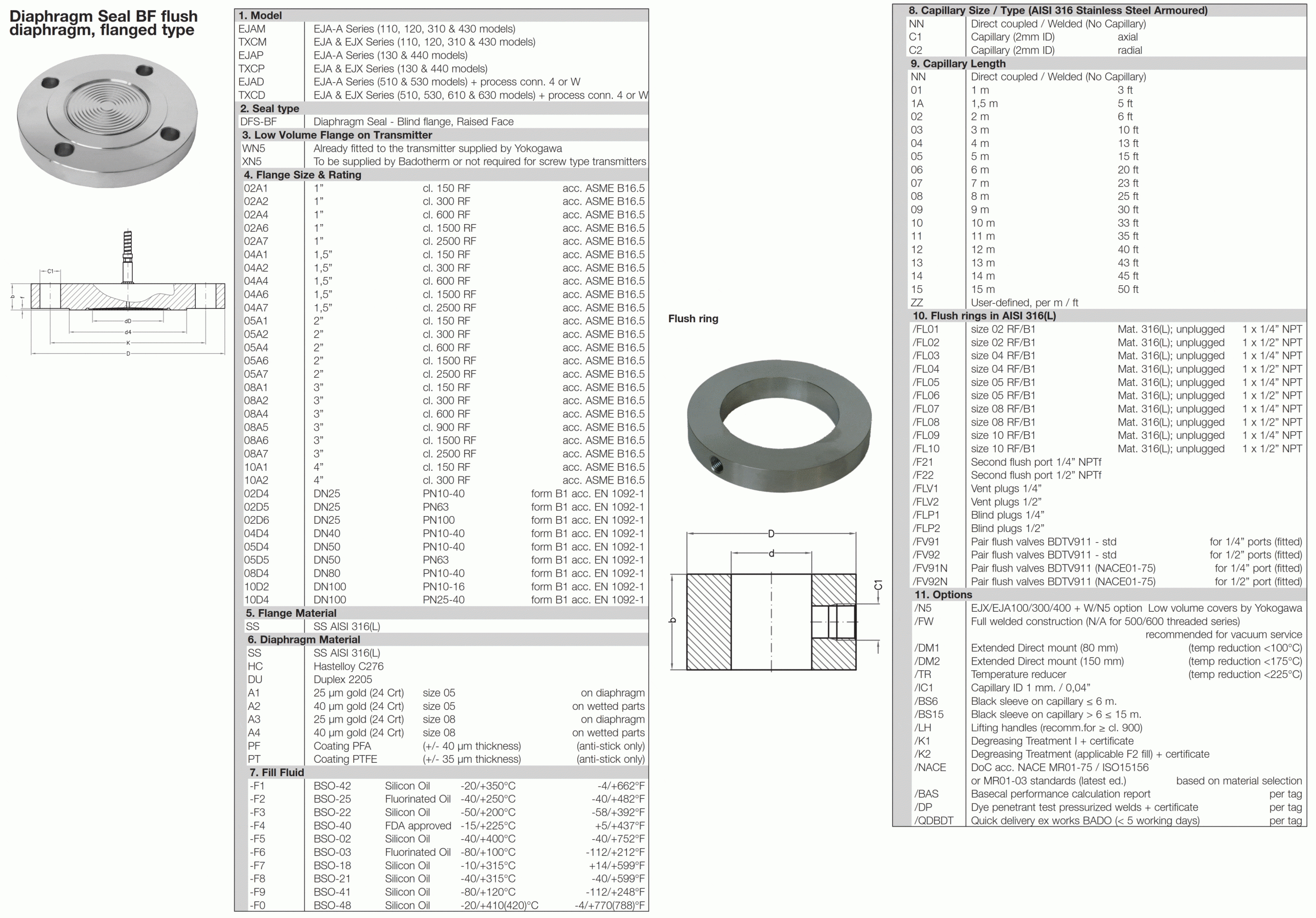



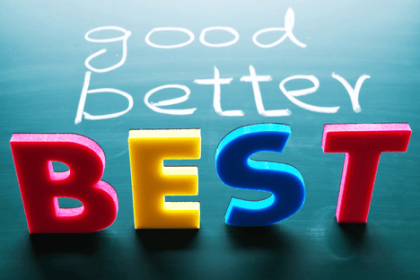
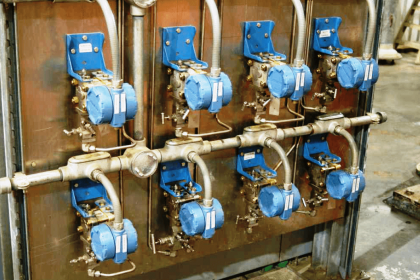

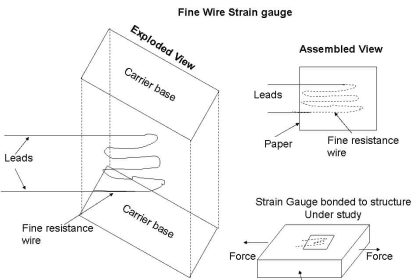
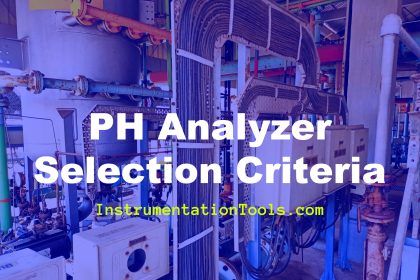
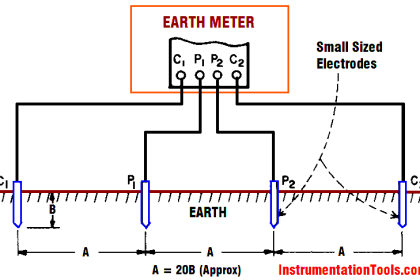
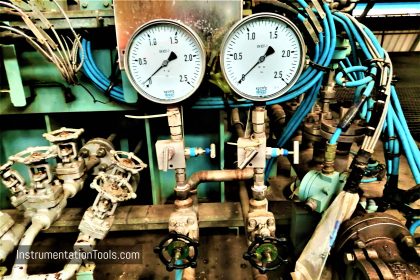
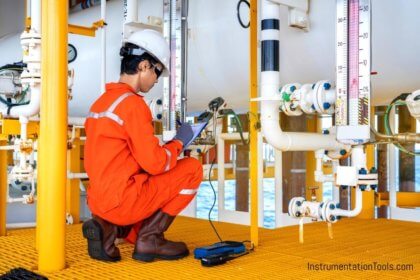


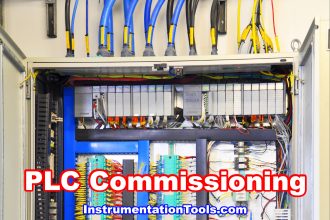
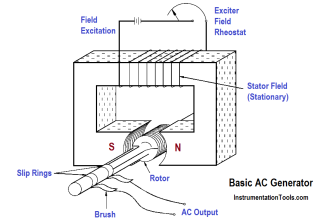

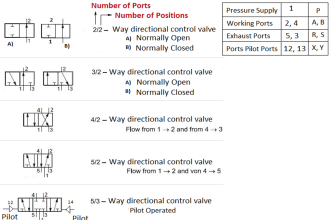
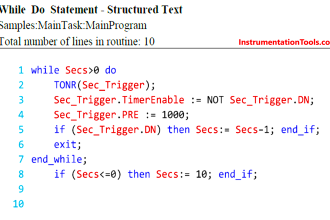
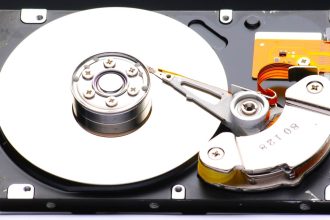

Thank you for your efforts.